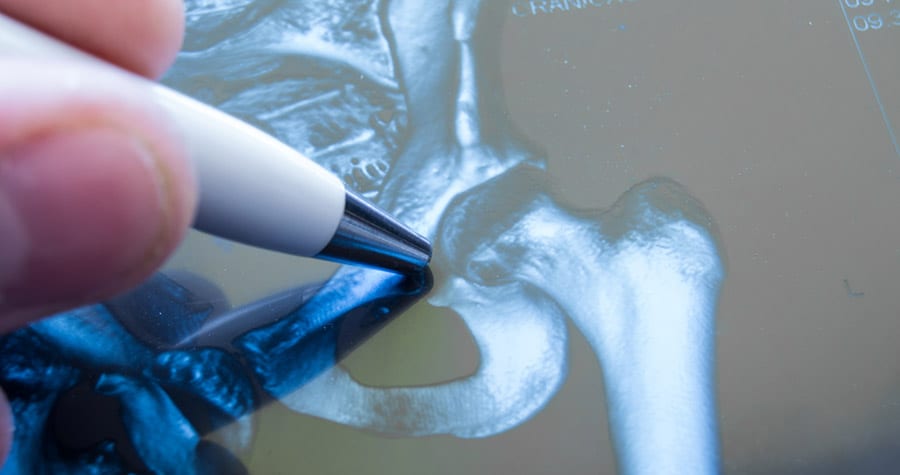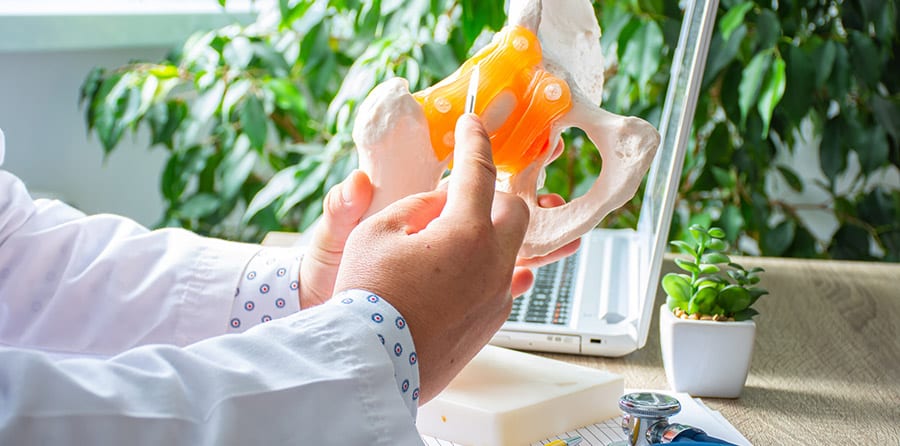
Preventing a Hamstring Strain
The hamstrings are a group of three muscles located along the back of your thigh. Activities that involve sprinting combined with sudden starts and stops can pull or strain these muscles. Certain factors, such as age and a history of previous injuries can make you more prone to hamstring injuries; however, there are steps you can take to reduce your risk of a strained hamstring.
Always Warm Up
A warm-up increases blood flow to the muscles, which helps improve their flexibility and elasticity. By warming up correctly before sports or strenuous activities, you can dramatically reduce your chances of a hamstring injury. The best warm-ups consist of light aerobic activity and gentle stretching. It is also a good idea to do sport specific drills that slowly build in intensity.
Focus on Flexibility
The more flexibility you have in your hamstrings, the less likely they are to pull or strain. To determine if your hamstrings are too tight, lie flat on your back and raise your leg up straight. You should be able to lift your leg to at least an 80-degree angle from the hip. If the angle is less than 80-degrees, your hamstrings might be too tight. Exercises such as straight leg hamstring stretches and leg raises can relax the tight muscles. Try to do the stretching exercises a minimum of three times a day.
Increase Hamstring Strength
Weakened hamstring muscles are more prone to injury. The best exercises to improve hamstring strength are those that focus on eccentric contractions, which are a common cause of hamstring strains. Eccentric contractions occur when the muscle lengthens to slow down forward movement when sprinting.
Don’t Play When Tired
When you engage in sports or physical activity when you are physically tired, you can lose muscle coordination. The nerves sending messages to the muscles can lose synchronization. As a result, the nerves don’t fire together, which can cause you to pull a hamstring. This is a common occurrence among weekend warriors who participate in vigorous sports on the weekends but don’t engage in enough activity the rest of the week to have the necessary endurance.
Wear Appropriate Gear
Compression shorts may be beneficial in reducing the risk of hamstring injuries. The shorts are designed to support the muscles and increase blood flow, which helps to keep muscles warm.
A mild hamstring injury may be treated at home; however, you should see a doctor if you can’t bear weight on the leg or walk more than a few steps without significant pain.







